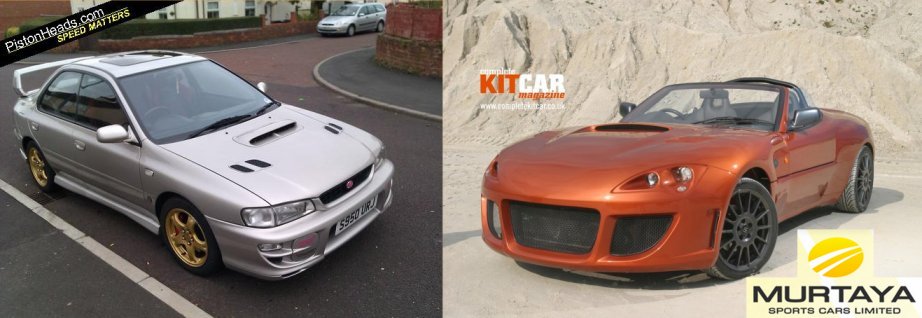The plans for today were to get the prop shaft out, bonnet off, remove the brake callipers and dismantle the front suspension ready to lower the engine. All of which we didn’t quite manage.
Kim turned up as I had just started to work on the prop shaft and I put her on removing the brakes. The temperature wasn’t freezing anymore and had warmed up by a few degrees but it was still cold if you didn’t keep working. I was flat on my back under the car using make do extensions on 12 and 17mm spanners to release the 5 nuts holding the prop shaft in position (four at the rear diff end and one at the mid shaft support). It took over half an hour to get the nuts free and frustrating as every time I got the torque on the spanner it would rotate the prop shaft. I tried locking the rear wheels with some blocks of wood with some success but in the end Kim gave me a hand.
I went on to the brakes and steering with Kim. The brakes came off easily enough with the right persuasion....a two foot extension on the allen key. The steering rose joints both had split pins securing the nuts. They were both rusted solid. Having tried to get the pin out in one piece on the first one and ending up tearing off both ends of the pin I didn’t bother trying and knocked off each end and released the joints with a tap from a hitting stick.
The anti-roll bar next. The fixings came off easy enough with a combination of spanner and allen key. Then for a bit of a break it was on to removing the bonnet which we did but not without shearing the bolts off on one side. Break over, and on to the flexible brake pipes and the ABS sensor cable fixings. I managed to free the abs sensors and one of the flexible brake pipes but the light was against us again and we packed up for the day. Just before finishing I tried to loosen the nuts on the strut but I think I will need a bigger spanner for those.
Tech Tip: This is a like a P.S. on the post in retrospect to highlight where I basically screw up. On this occasion my knowledge of prop shafts. An email from Graham this morning indicated that he needs both sections of prop shaft so that the modified shaft can be rebalanced after shortening. Also how the rotational angle of how the two sections of the shaft come together will also affect the balance. So if you have to split the shafts to remove them first make a couple of alignment marks on the shaft and centre support. This will make it easier for the lads down in exeter and easier for you when you put it together.
Tech Tip: This is a like a P.S. on the post in retrospect to highlight where I basically screw up. On this occasion my knowledge of prop shafts. An email from Graham this morning indicated that he needs both sections of prop shaft so that the modified shaft can be rebalanced after shortening. Also how the rotational angle of how the two sections of the shaft come together will also affect the balance. So if you have to split the shafts to remove them first make a couple of alignment marks on the shaft and centre support. This will make it easier for the lads down in exeter and easier for you when you put it together.






























